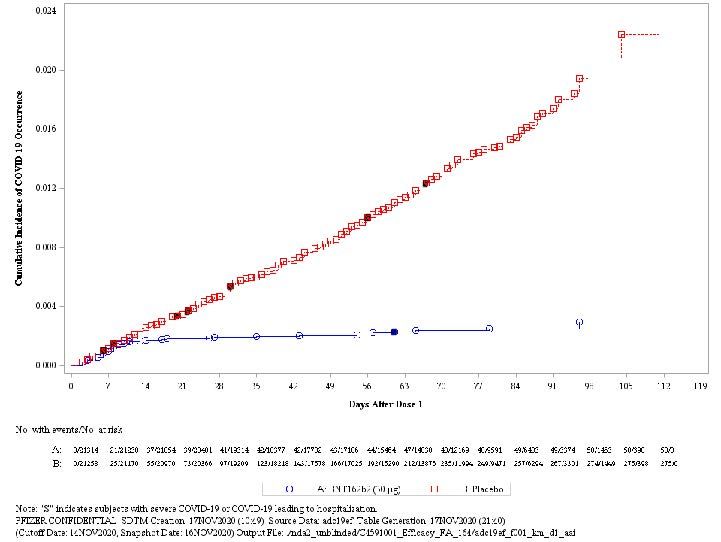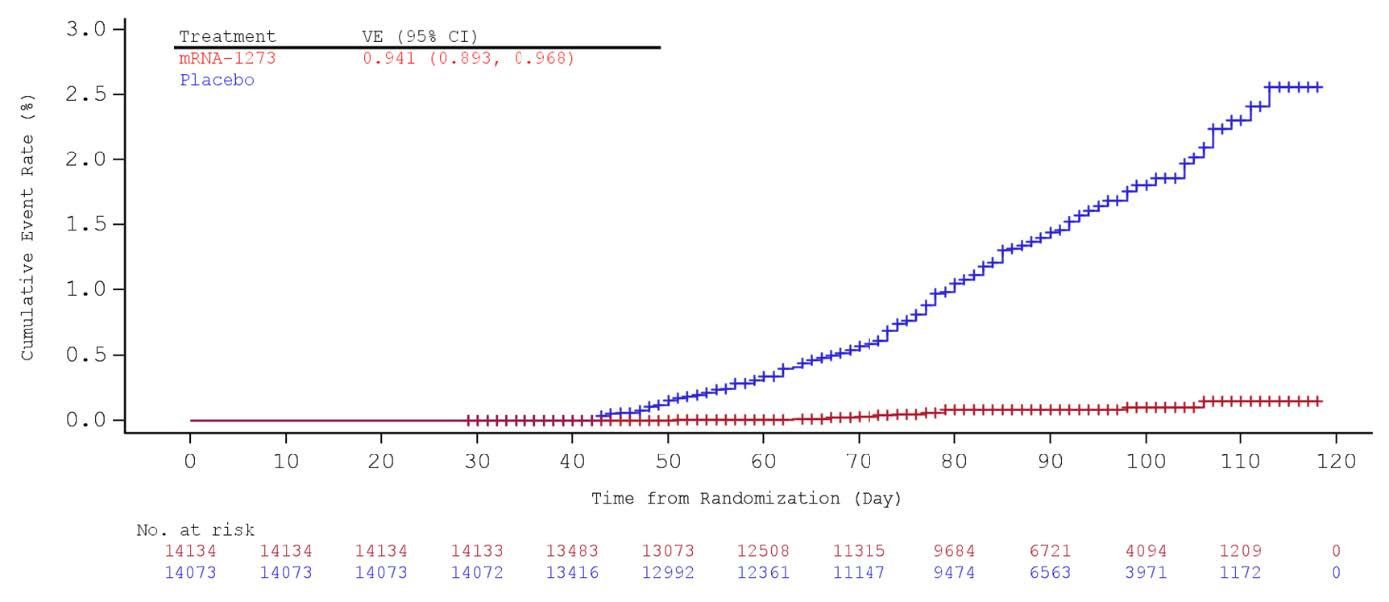JHU has stopped collecting data as of
After three years of around-the-clock tracking of COVID-19 data from...
Science in the face of fear: a commentary on vaccine hesitancy and public trust
The views and opinions expressed here are those of the authors and do not necessarily reflect the position of either Johns Hopkins University and Medicine or the University of Washington.
Key Points:
- The efficacy of the Pfizer and Moderna Covid-19 vaccines is a scientific triumph with vast potential to save lives.
- The political context within which the Covid-19 vaccines were developed has led to mistrust and hesitancy among some Americans, and it will take time to heal these wounds.
- Regardless of politics, the scientific goal has always been the development of vaccines that can alter or stop Covid-19, and that goal has now been achieved.
This month has been one of media whipsaw. Recent news of the Pfizer and Moderna mRNA vaccines’ efficacy and the U.S. Food and Drug Administration’s rapid response and issuance of an Emergency Use Authorization for both vaccines have been met with equal parts jubilation and mistrust from a divided public.
For me, as a medical virologist and researcher, this remarkable achievement is a clear demonstration of the power of science and its potential impact to save lives. To see these curves below that show the difference in disease course between those vaccinated and those receiving the saltwater placebo are about as big a spread as I’ve ever seen in any study. We call these Kaplan-Meier curves, and if you’ve worked in cancer or most diseases, you know that you just never get to see curves like these. And this is one reason I have embedded the curves of both studies into this blog. If you are used to seeing these curves, they just make you smile and think, “How did that happen?”
Cumulative Incidence Curves of COVID-19 - Pfizer

Cumulative Incidence Curves of COVID-19 - Moderna

A scientific success such as this one just feels good and with it comes a sense of community pride, particularly when you see the incredible adulation from impassioned medical care workers who are embracing receipt of the vaccines. It is incredibly rewarding to see videos of health care providers dancing outside of the hospitals; or simply images of front-line workers with their heads bent, overcome with relief and gratitude about how a vaccine has arrived that seems powerful enough to relieve them of the stress of doing their job.
And yet, how does one measure a successful outcome in its entirety when recent polls show that approximately 40% of Americans would be unlikely to get a vaccine even when it becomes available to them? Or when one reads about town hall meetings populated by fellow Americans who are clearly mistrustful, images with hesitant faces: the complex emotions are plain. These images and data force one to pause – to take a step back and view the difference in perspectives – because the two visions side by side are difficult to balance.
True, maybe most Americans haven’t seen a Kaplan-Meier curve, maybe they don’t understand the nuances of the clinical studies and their protocols, but they understand what 95% means – a clear indication that the vaccine helps. It helps a lot. But still, I have seen the fear firsthand: I have an acquaintance whose mother refuses to take the vaccine – someone above seventy years of age with multiple risk factors for severe COVID-19. This woman has sought my advice for other medical concerns. But in this situation, the fear overrides her knowledge of what science can (and does) accomplish. My first reaction is to talk to my acquaintance in an authoritative way, and then it occurred to me that I wasn’t going to change her worldview simply because I was “the medical authority” sharing the information.
So, then I step back: how can I do this respectfully? Or how much energy should I put into this? How do we set our expectations? What’s the goal here? I’m reminded of one of those statements learned by most of us early on – probably while arguing with an authority figure who was trying to offer reason: you can lead a horse to water, but you can’t make it drink. So, I think there are lessons to be learned on both sides – that we all need to be respectful of differing viewpoints while we move toward greater understanding, compassion, and trust. And we all need to understand that there is context – for each person.
There are some situations – and the COVID-19 pandemic might be one of them – where the tincture of time is needed to heal the wounds. And there are wounds that have bred mistrust, some caused by self-serving narratives of national leadership that were unrelated to the scientific process at hand. And although the outgoing administration did a wonderful thing by providing an enormous amount of funding, “Operation Warp Speed” isn’t a name that inspires trust. In most other contexts, and certainly outside of a public health emergency, when we think of the rigors of science, speed is not something we associate with positive outcomes. And throughout the vaccine trials, anytime something good happened, it was narcissistically claimed by the administration rather than letting the real inventors within the scientific process own it. By personalizing it, it became politicized. It created an odd discord, as if science – and what is in a vial – had something to do with whether you’re a Republican or Democrat.
Of course, we didn’t put Democrats in the vial; we didn’t put Republicans in the vial. And, the scientific goal has always been this: how do we alter and stop the disease that is rapidly attacking our nation and its people? How do we use pharmaceutical and nonpharmaceutical interventions alike to control the spread and keep Americans safe? Scientifically the goal has always been the same. How different political leaders communicate varies. And the vial gets caught up in the middle.
I don’t know how to unwind this except for time. I don’t know how to unwind this except for understanding. At a young age, I was taught a wise saying by my brother-in-law who was my closest role model and the reason I became a physician. He died far too early – at age 37 – from Candida sepsis secondary to Hodgkin's disease therapy. He said to me, “Larry, the educated man is the tolerant man.”
It will take work by all of us – in the scientific community and in the broader public. It will take hard work to convey the importance of vaccination. It will take time to rebuild trust across the divide. And it will take a public open to healing discourse; a public who remains curious and eager to know more as we learn more. Because we will.
If this pandemic has taught us anything, it has taught us that scientific successes beyond imagining are possible with resources and the kind of global scientific collaboration we’ve seen over the past ten months. And as a scientist and physician, I will take solace in knowing that those who want the vaccine, and can benefit from it, will be able to utilize the resource. I pray that all who want, not just in our country but globally, will be able to receive this gift of science. All the people of the world deserve to be vaccinated. It is a great feat to say, “COVID-19 is a vaccine-preventable disease.”
